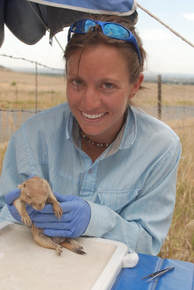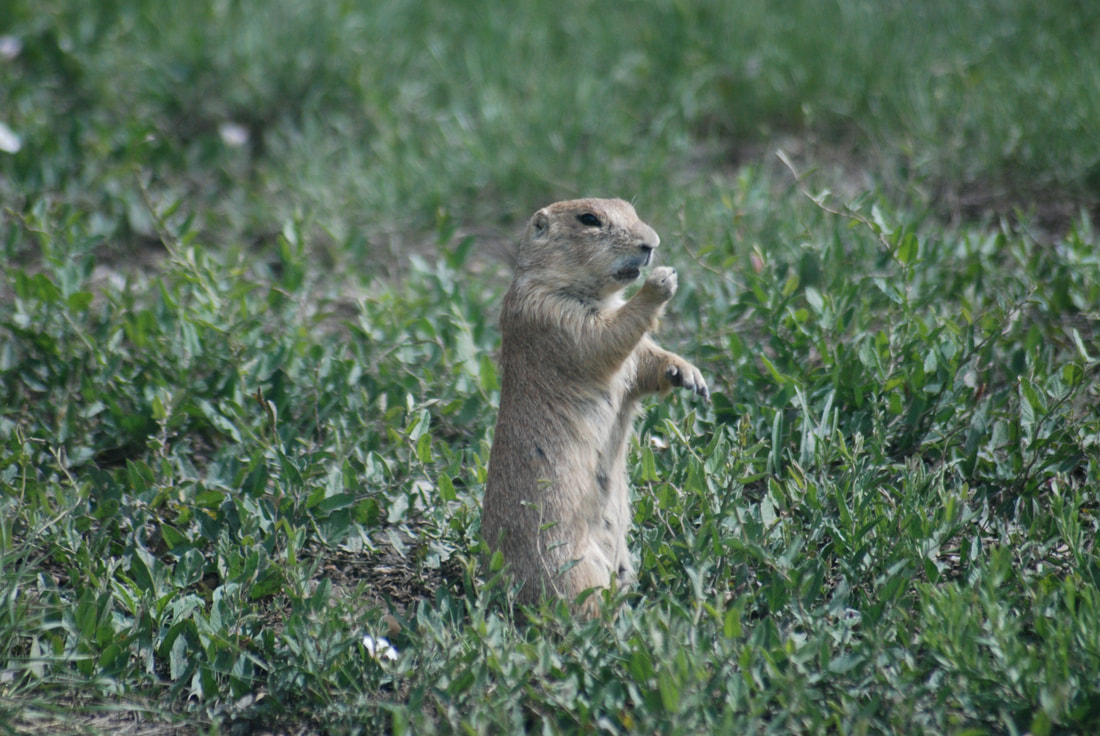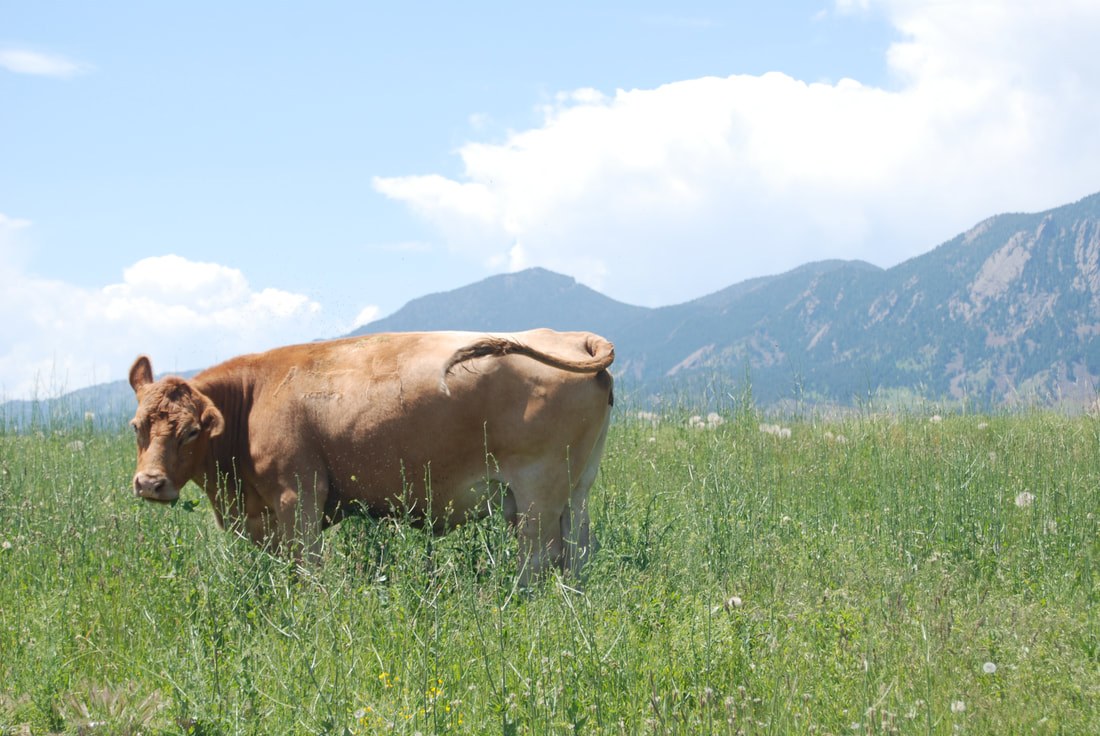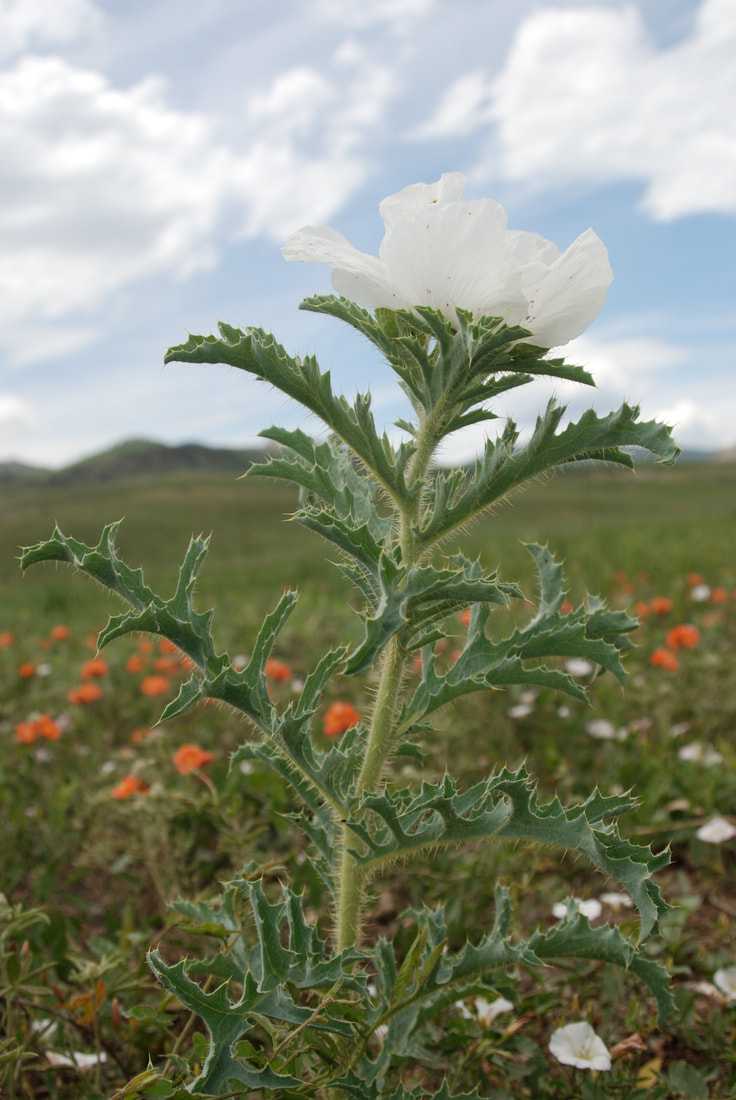|
Myth: Prairie dogs carry diseases. Mythbuster: All animals, including humans, harbor a suite of bacteria. Some are pathogenic, some are usually harmless but cause illness when an individual’s immune system is weakened, and most bacteria are actually helpful (e.g. help digest food, fight off pathogens, etc). Prairie dogs, like dogs and cattle, do carry bacteria known as Bartonella that may cause illnesses. Prairie dogs are also known to contract sylvatic plague (the same as bubonic plague), caused by the bacterium Yersinia pestis. However, they are not carriers of the disease; they are highly susceptible to it and die within a few days of contracting it. Once plague enters a colony, almost all individuals are exposed and the entire colony will die out within a matter of weeks. Thus, similar to humans, prairie dogs do not carry plague, they just contract it. Plague is transmitted to prairie dogs by fleas, which do carry the disease. Myth: Prairie dogs and cattle are not compatible. Mythbuster: Studies have shown that bison prefer to graze on land occupied by prairie dogs, probably because of the increased rate of plant growth and nutrient content on prairie dog colonies, or perhaps because of their loud warning system when they spot predators. Cattle appear to prefer prairie dog colonies in mixed-grass prairie as well. Although prairie dogs and cattle may compete for forage (studies have shown that prairie dogs decrease forage available to cattle by 4%; USFS Report), the potential loss to cattle is compensated by the increased protein content of plants on prairie dog colonies, which obtain nutrients brought to the surface by prairie dogs’ burrowing activity. It is estimated that the cost of eliminating prairie dogs exceeds the cost of the loss of forage. There is also a fear among landowners that horses and cattle can step in prairie dog holes and break their ankles, but there is no evidence that this occurs. Here is a nice article about ranchers in Montana who have been enormously successful in their profitable ranching business while keeping prairie dogs on their land: http://www.nwf.org/News-and-Magazines/National-Wildlife/Animals/Archives/2001/Learning-to-Live-With-Prairie-Dogs.aspx Myth: Prairie dogs overgraze vegetation.
Mythbuster: Through their burrowing activity, prairie dogs aerate the soil and bring nutrients closer to the surface, where they are more readily available to plants. Therefore, plants actually have higher growth rates on prairie dog colonies. Prairie dog populations appear to be naturally mobile over time, with a colony moving to areas of higher vegetation and away from areas they have already grazed. This movement prevents overgrazing. However, due to habitat fragmentation and shooting/poisoning, prairie dogs are often restricted to small areas bounded by roads and urbanization. For this reason, colonies are unable to move across the landscape, and instead stay in one area. Thus, in areas of heavy human influence, prairie dogs may overgraze simply because they are unable to move elsewhere. We can solve this problem by creating habitat corridors that allow animals to move from one place to another.
1 Comment
|
AuthorAn evolutionary biologist with a passion for conservation. Or vice versa. Archives
August 2011
Categories |




 RSS Feed
RSS Feed
